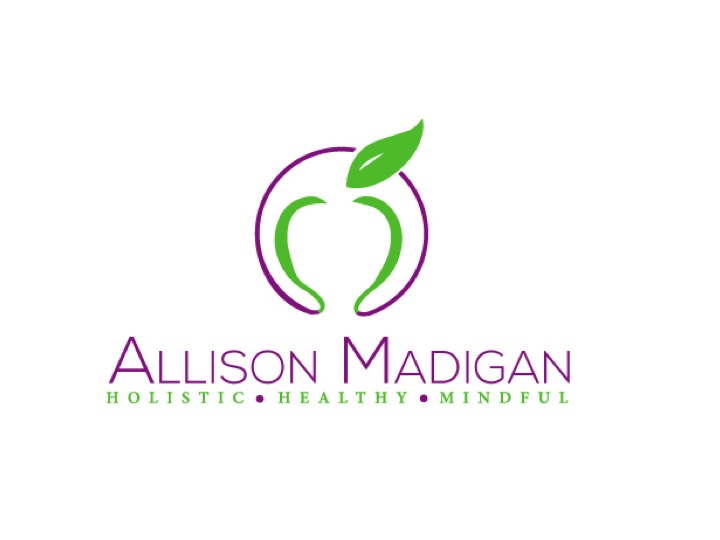Canada's New Food Guide - A Nutritionist's View
/The new Canada Food Guide was released and there have been many significant changes made.
The “rainbow” is gone, serving sizes no longer and no mention of food groups.
There is an endorsement to eat more plant- based proteins. This shift is significant and comes despite heavy lobbing from the meat and dairy industries.
There is also an emphasis on drinking water, cooking with others, eating mindfully and limiting the consumption of processed foods. Juice is no longer counted as a serving of fruit.
What I like about the new guide.
PLATE
The 4-food group model has been replaced with an image of a plate. I think it is a great visual, which will help people as they dish out their servings. It makes it very easy to see what you should be eating. Half the plate is covered with fruits and vegetables. The other half is divided into whole grains/starchy veggies and proteins, a new category that contains meat, dairy and plant-based foods such as chickpeas and tofu. This helps to ensure that your body gets all of the nutrients that it requires!
FOCUS ON VEGETABLES
The focus on consuming so many vegetables each meal will help people benefit from the almost 25,000 phytonutrients that are known to exist in plants. These phytonutrients are beneficial compounds that are known to help fight disease and help us thrive. When working with clients I always recommend 2-3 cups of veggies per meal!
MORE PLANT BASED PROTEINS
The emphasis on lean protein sources that incudes vegetarian options as well as eggs, poultry, fish & meat is a great move in the right direction both for our health and the environment.
ELIMINATION OF DAIRY AS A FOOD GROUP
The old guide recommended 4 servings of dairy per day, seeing it eliminated as a food group is a huge change. Dairy shouldn’t be consumed in such quantities and it is much better to have high quality dairy sources sparingly. Many people are sensitive to dairy - I see it all the time. People come in suffering from bloating, fatigue, sinus issues, eczema, digestive issues and headaches – when we remove dairy the issues resolve.
There are a few misses with this guide as I see it.
Nuts & Seeds
The guide has nuts & seeds in the protein category and I would disagree with this placement. Nuts and seeds are mainly fat with some protein. If you were to eat nuts as your source of protein, you wouldn’t’ be getting enough protein and getting far too many calories & too much fat with your meal.
Fats
Fat is one of the three macronutrients that must be included in our diet – fats are essential, as our body cannot make them. The guide talks about eating low fat foods – it is missing the good healthy essential fats that we need. Every cell in our body needs fat and we should be eating good source fats – like nuts, seeds, avocado, olive oil, egg yolks and coconut oils.
One Size solution
The food guide is still offering up a one-size solution to eating. I think it is important to acknowledge that there isn’t a one size fits all when it comes to food. What works for one does not work for all and people require some personalization to there diet. Some people can eat almonds or tomatoes and thrive; others end up with eczema and digestive issues. Some people can tolerate the gluten in whole grains and others end up bloated and tired with headaches all the time. Even healthy foods can cause inflammation.
At the end of the day it is important to tune into your body and identify what feels right for YOU.
That’s where I can help – together we can discover what foods are best for you!
Reach out to book a consult today!

